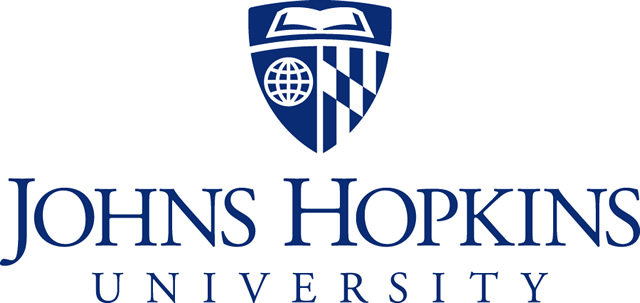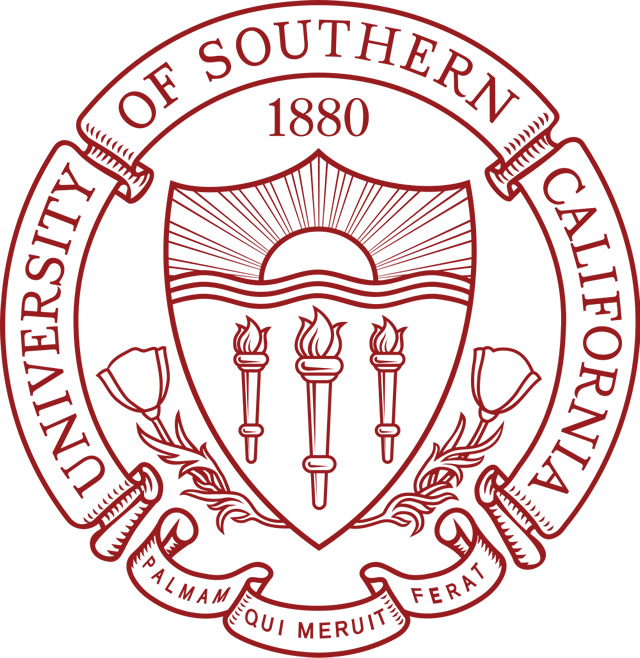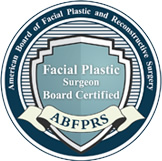
Dr. Hohuan specializes in surgical rejuvenation of the aging face and neck. His extensive training background allows him to focus solely on plastic surgery involving the face and neck. While at Yale, he trained with, and was mentored by one of the early pioneers and masters of the deep-plane face lift. The deeper plane technique is currently the standard by which all other rejuvenating procedures for the aging face are compared against. In Virginia, he trained with one of the premier facial plastic surgeons in North America, perfecting short-scar and minimal access face and neck lift approaches.
During your consultation with Dr. Hohuan, he will meet with you and discuss your aesthetic goals and philosophy. You will review photographs together and discuss the different options available to you based upon your anatomy, skin type, degree of aging, and past medical history.
Some patients may have only mild and early aging face changes. This can usually be addressed through non-surgical approaches such as botox, filler injections, fractional microneedling, topical skin treatments, and sometimes small facial implants.
Patients with moderate to severe aging face changes are usually best served through deep plane surgical approaches that allow repositioning of sagging or ptotic anatomic fat pads and muscle, as well as repositioning and removal of excess skin. This involves incisions around the ear and into the hairline behind the ear to maximally reposition muscle and remove excess, photo-damaged skin. This is typically performed with procedures to rejuvenate the forehead and area under the chin. Vertical galeal repositioning in the forehead, as well as vertical platysma lifting add additional improvement. These are newer adaptations to deep plane facelifting.
There are ranges of improvement that can be achieved with non-invasive approaches. These are appropriate for patients with mild to moderate degrees of aging in the forehead, face, and neck. They may also be appropriate for patients who cannot undergo surgery for medical reasons, or who cannot tolerate 11-14 days of downtime. However, the degree of improvement is limited by the absolute requirement not to distort, overfill, and render a patient looking unnatural by too much. This is commonly seen when rejuvenation is undertaken by undertrained and unqualified practitioners who do not possess the training and knowledge to address the full spectrum of aging face changes that patients go through over the course of their life.
Some patients with mild to moderate degrees of facial aging have the option of undergoing minimally-invasive, short-scare facelifts. These can be done in the office under local anesthesia.
Diagnosis: Aging of the Face, Eyes, Neck, and Lips
Procedure: Deep Plane Face and Neck Lift, Lower Lid Blepharoplasty, Lip Lift
Diagnosis: Aging of the Face/Eyes/Neck
Procedure: Brow Lift, Lower Lid Blepharoplasty, Deep Plane Face and Neck Lift, Lip Lift
Technical Details: Trichophytic Brow Approach, Transconjunctival Lower Lid Approach, Deep Plane Facelift (with complete release of Zygomaticocutaneous ligaments, Parotidomasseteric Ligaments, Platysmacutaneous Ligaments, and Mandibular Ligament, Platysmal Sling)
Diagnosis: Aging Face/Neck/Lips
Procedure: Deep Plane Face and Neck Lift, Lip Lift
Technical Details: Traditional Deep Plane Face Lift with releast of all facial retaining ligaments, platysma imbrication, pronghorn lip lift.
Diagnosis: Aging of the Face/Eyes/Lips/Neck
Procedure: Brow Lift, Deep Plane Face and Neck Lift, Lower Lid Blepharoplasty, Lip Lift
Technical Details: Trichopytic Brow Lift, Deep Plane Face and Neck Lift (complete release of zygomaticocutaneous, platysmacutaneous, parotidomasseteric, and mandibular ligaments), platysmal imbrication and sling, subciliary lower lid blepharoplasty with fat transfer across the orbital rim, pronghorn lip lift.
Diagnosis: Aging face and neck
Procedure:Deep plane face and neck lift
Technical Details: Lower lid transconjunctival blepharoplasty, buccal fat contouring, vertical platysma lift, deep plane release of zygomatico-cutaneous and parotido-masseteric ligaments for full release of malar and lower face fat pads/jowls
Diagnosis: Aging in the face and neck.
Procedure: Deep plane face and neck lift.
Technical Details: Vertical galeal repositioning, release of zygomatico-cutaneous and parotidomasseteric ligaments, full sub-SMAS dissection and repositioning of malar and jowl fat pads, buccal fat reduction under direct visualization, platysma plication, extended vertical platysma lift.
Diagnosis: aging of the face and neck.
Procedure: Browlift, Face and Neck Lift.
Technical Details: Vertical galeal repositioning, vertical platysma lift, deep plane mid and lower face neck lift.
Diagnosis: Aging of the upper, mid, and lower face and neck
Procedure: Aging Face rejuvenation
Techniques: Vertical Brow Galeal Repositioning, Deep Plane face and neck lift, vertical platysma repositioning, and lower lid blepharoplasty (transconjunctival)
Patient before surgery, at age 29, and 6 weeks after surgery.
Aging face surgery done expertly will turn back the clock without changing one's fundamental facial characteristics.
Diagnosis: Steatoblepharon of Lower Eyelids, Moderate to severe laxity of jowl and neck
Procedure: Deep plane midface, lower face, and neck lift, with platysma division and plication, as well as Transconjunctival Conservative lower eyelid blepharoplasty with SOOF lifting.
Techniques: release of all facial retaining ligaments including orbitomalar, zygomatic-cutaneous, mandibular, masseteric, and platysma-cutaneous ligaments, followed by repositioning of muscle and fat pads.
Details: Deep plane, Sub-SMAS elevation with release of zygomatico-cutaneous, masseteric, mandibular, and platsymal ligaments.
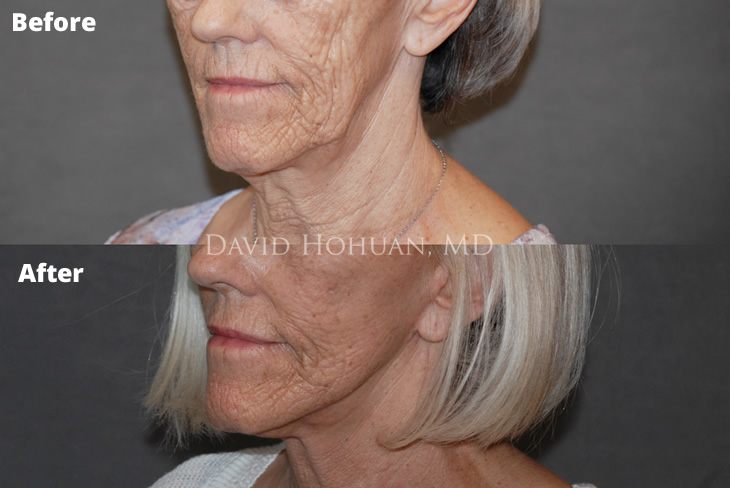
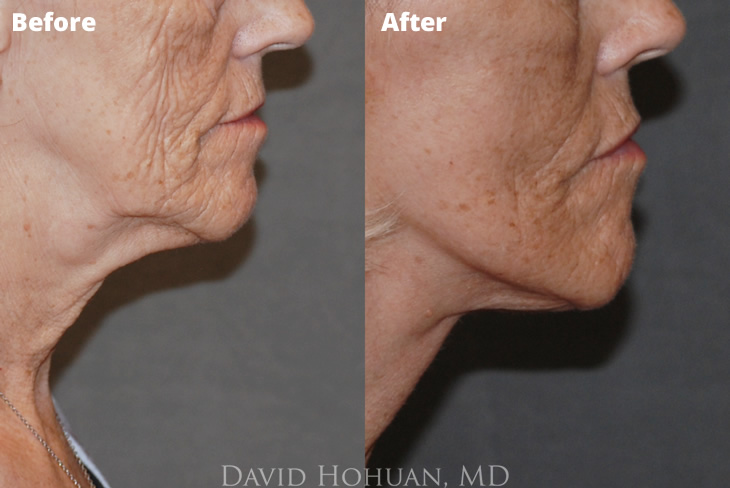
Diagnosis: Plastysmal Bands, Moderate Jowling, Mid-face Hollowness
Procedure: Deep Plane Lower Face and Neck Lift
Diagnosis: Aging of the Brow, Face, and Neck
Procedure: Rejuvenation of the forehead, upper-, mid-, and lower face, neck rejuvenation.
Details: Vertical galeal brow repositioning, deep plane mid- and lower face lift, vertical platysma lifting in the neck.
Diagnosis: Aging of the face and Neck
Procedure: Deep Plane Face and Neck Lift, with Ear Lobe Reduction
There are several core ideas/values that inform everything I do when treating the aging face and neck.
The major reasons are differences in training, differences in understanding of the anatomic features of facial aging, and differences in motivation.
Platysmal bands are the cords of muscle that run down the middle of the neck that often show with age. There are different patterns of platysmal bands, where some are located closer together and some are located wider apart. Platysmal bands that are located closer together are often easier to treat, because they can be brought together easily in the midline, creating a smooth and continuous contour underneath the chin and jawline. When combined with a deep plane facelift, this gives the most powerful results for natural rejuvenation of the jaw and neckline. When the platysmal bands are wider apart, they often require more manipulation to achieve a smooth contour. This can usually be done with advancement of the edges toward the midline after creating releasing incisions in the platysma muscle low in the neck, and sometimes laterally in the neck underneath the ear lobe.
Jowls are the sagging bags of skin, fat, and muscle that appear with age over the jawline around the mouth and nasolabial (melolabial fold). They are due to a combination of weakening and relaxation of the zygomatico-cutaneous ligament, as well as the parotido-masseteric ligament that allow the malar and buccal fat pads to descend downward. The best way to address this is to mobilize the jowl completely from underneath, then reposition it up and back where it was prior to the descent that occurs with aging/relaxation of the facial ligaments. This is why facelifting techniques that only pull on the skin or the layer just beneath the skin fail sooner: they do not reposition the jowl. Only the deeper techniques allow this.
The Micro Mini Lift is an abbreviated form of a traditional facelift technique. It is ideal for younger patients in their forties and fifties who have mild to moderate jowl formation in the jawline and neck. The biggest advantage is the shorter downtime, with most patients reporting 7-10 days before they are ready to go back to work and resume social functions. Additionally, the incisions are shorter, with a small incision in front of the ear and behind the ear. This access incision still affords comprehensive manipulations of the SMAS layer, albeit not as extensive as the deeper plane facelift technique.
As a general rule, it takes about 2 weeks for patients to feel comfortable going back to work, and 3 weeks for more personal or intimate social encounters such as a family member’s wedding. Bruising and swelling vary between patients, but is moderate for the first week or so, gradually subsiding over the first 2-3 weeks. After 7-10 days, slight bruising can be covered with makeup.
Most patients report mild to moderate amounts of pain over the first week, which generally subsides over the second week after surgery. Cold compresses are used over the first couple of days after surgery, followed by warm compresses after the third post-operative day. This helps keep swelling to a minimum, and hence, pain as well. We give our patients low-dose narcotic medication, and encourage ibuprofen for breakthrough pain.
I perform all incision planning and place every suture. Most if not all of my patients are very happy with the appearance of the scars. By one month, they will be hardly noticeable, and by 2-3 months, they should be very difficult to make out unless looking under a bright light. There can be mild redness over the incision for the first couple of months that can be easily covered with makeup. I utilize a retrotragal incision to maximally camouflage the scar. Additionally, the incisions in front of the ear and behind the ear run into the hairline, so that hair grows through the incision providing additional camouflage. Post-operatively, I manage the incisions carefully to ensure they are healing appropriately. This is done with special tape, as well as selective application of steroid injections to manage any instances of hypertrophic scarring. We recommend that all patients regularly use medical grade skin care, as well as moisturizers to optimize the healing and color of their scars. Our office has a private line of skin care that our patients can take advantage of.
Yes. With the exception of rhinoplasty, most other surgical procedures aimed at rejuvenation of the aging face can be combined with the deep plane facelift, as well as the micro-mini lift. These include eyelid rejuvenation, brow lifts, buccal fat removal, chin augmentation, filler to the lips and midface.


